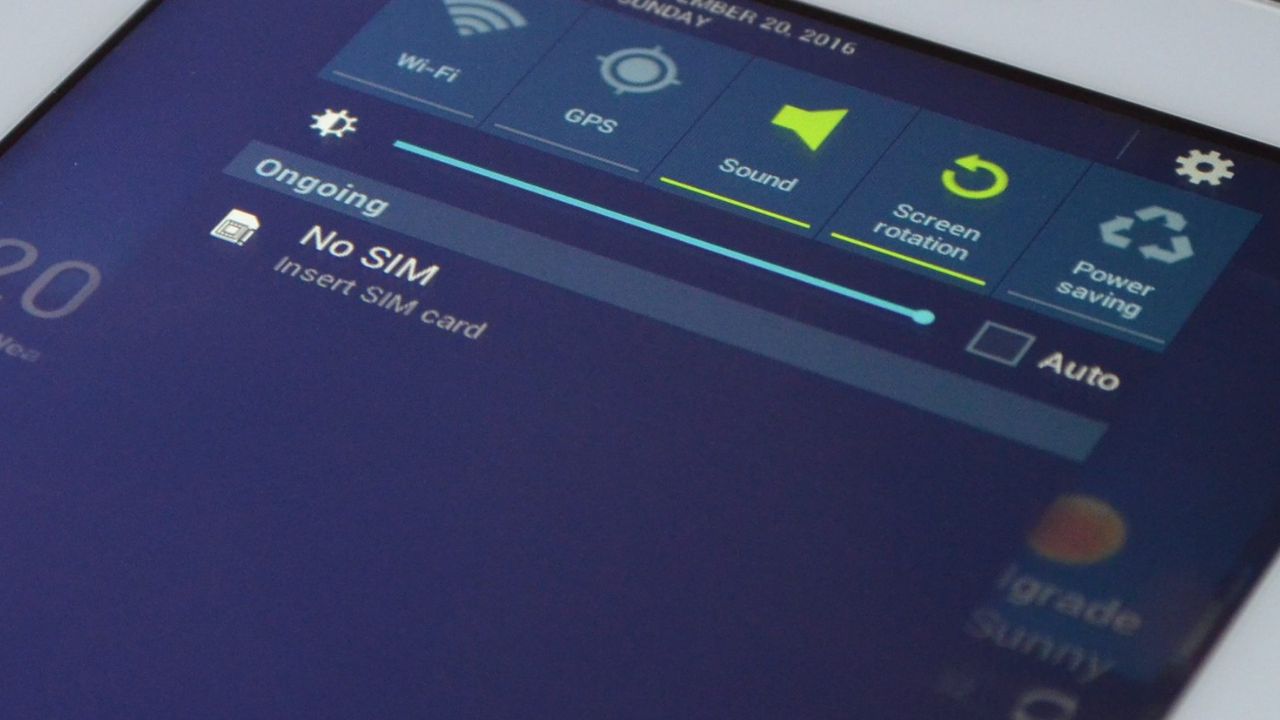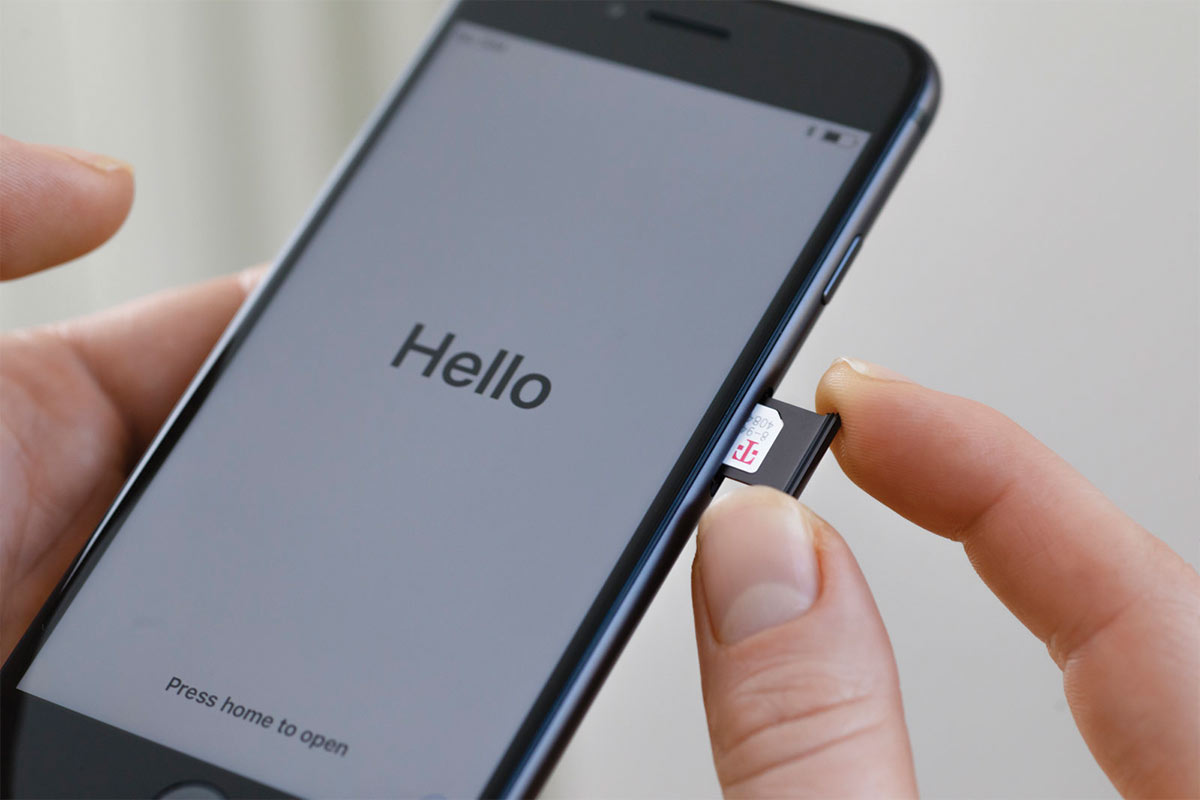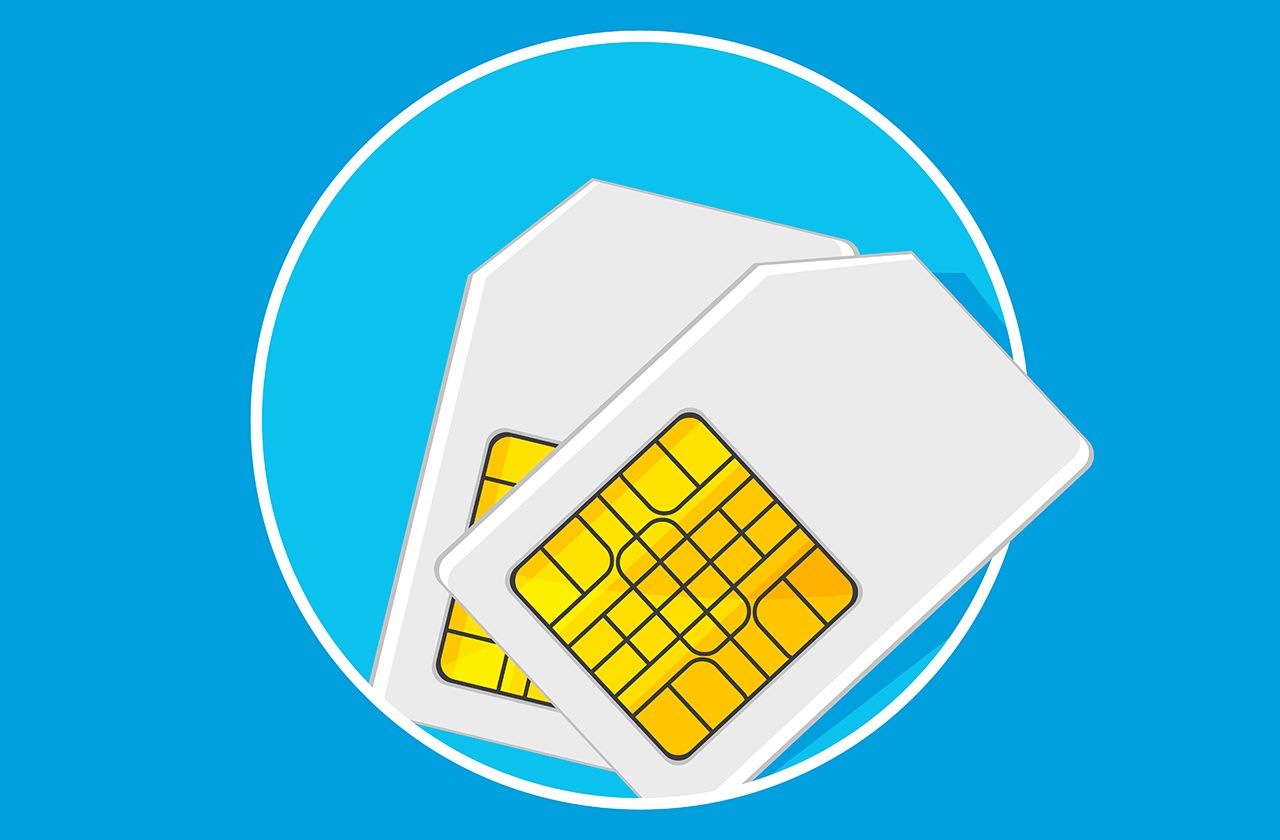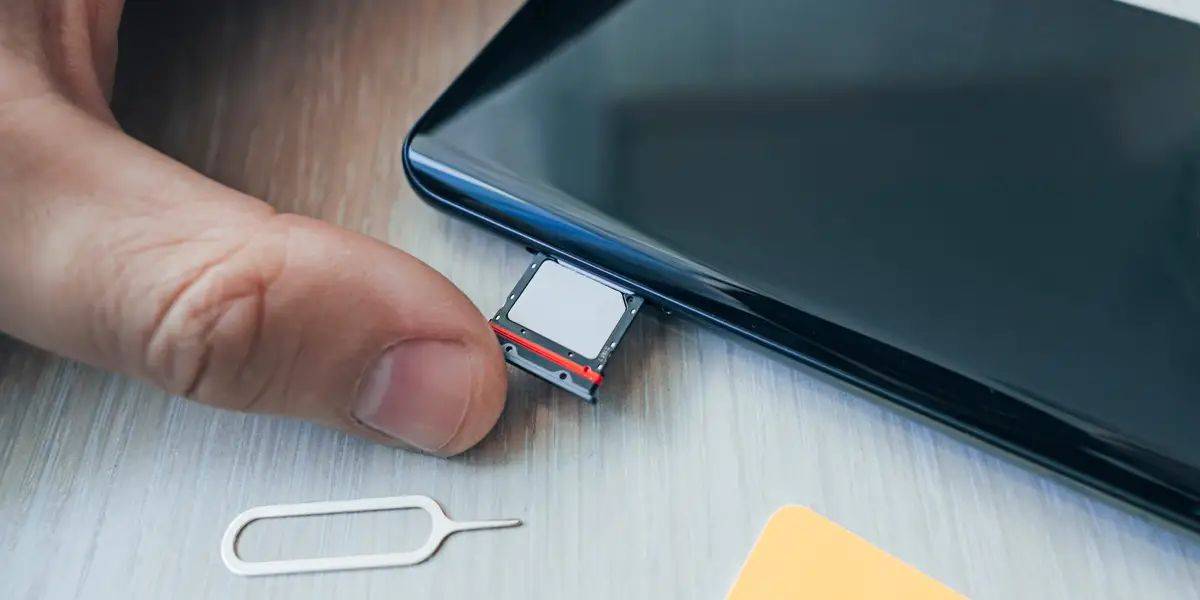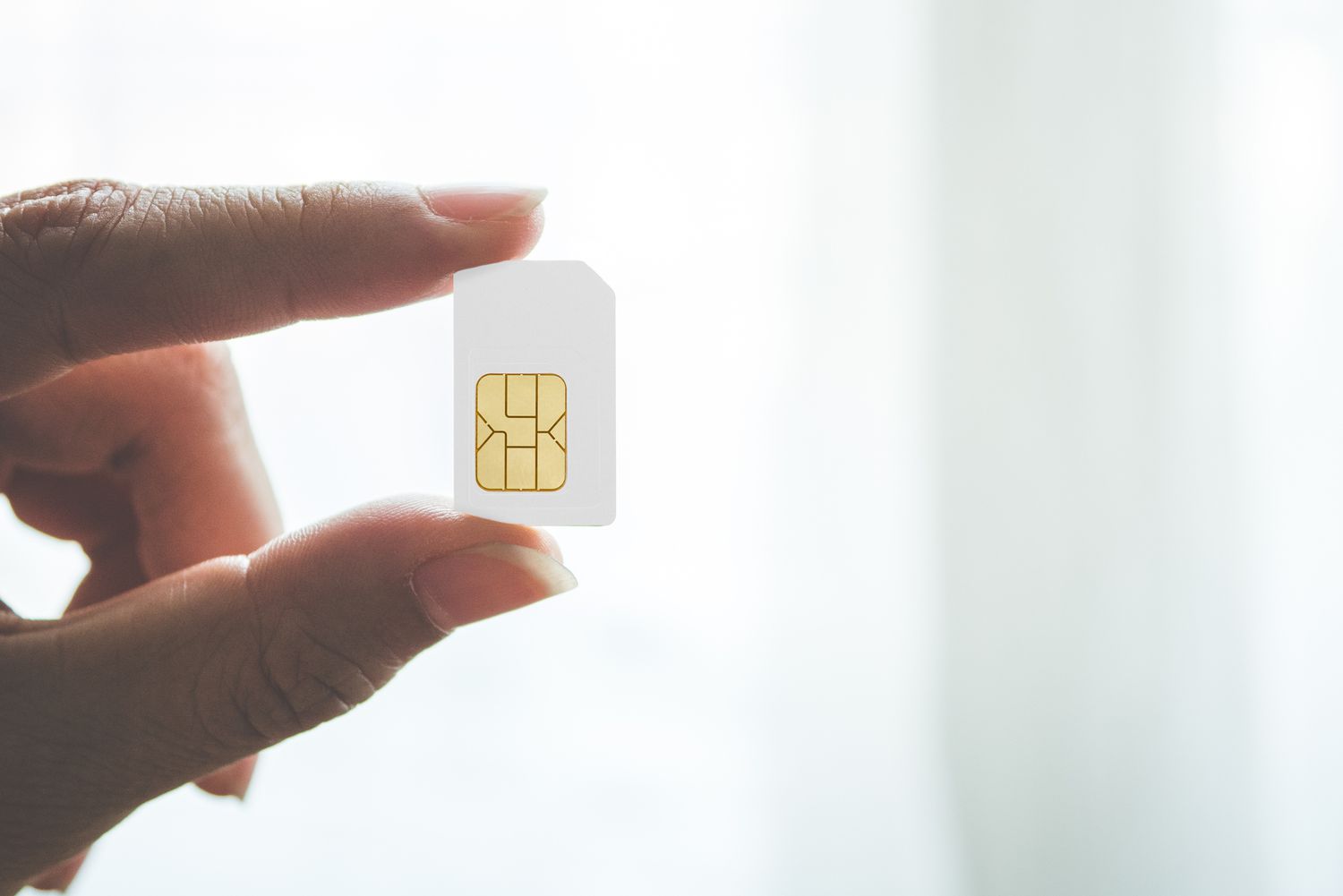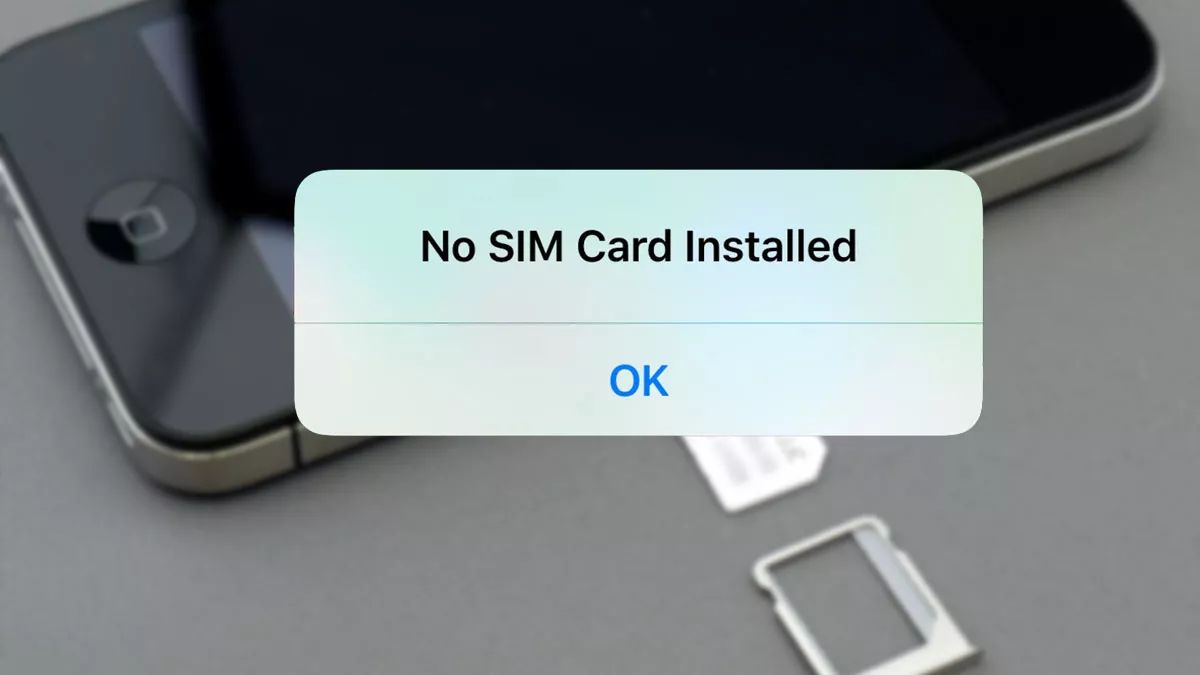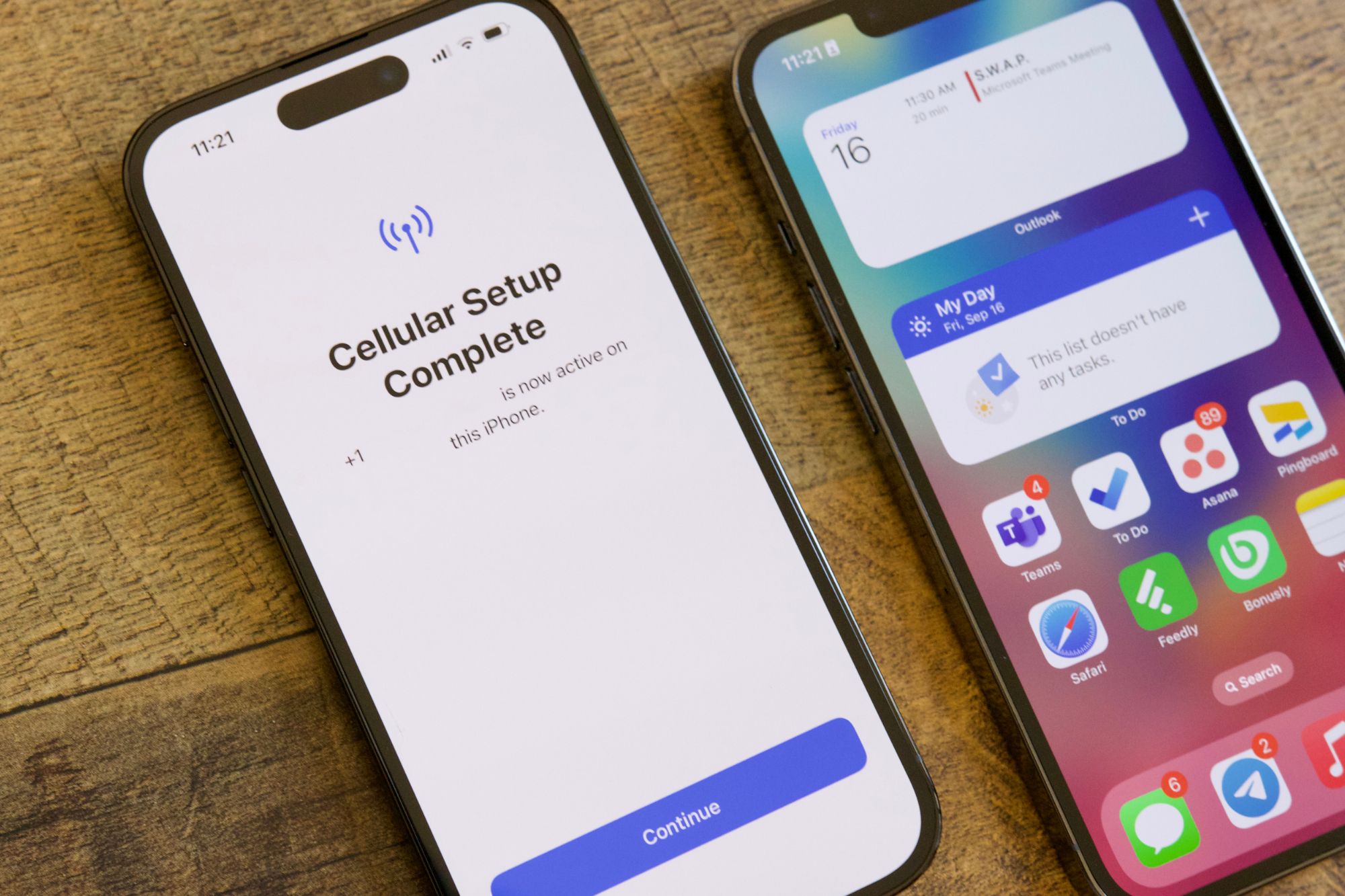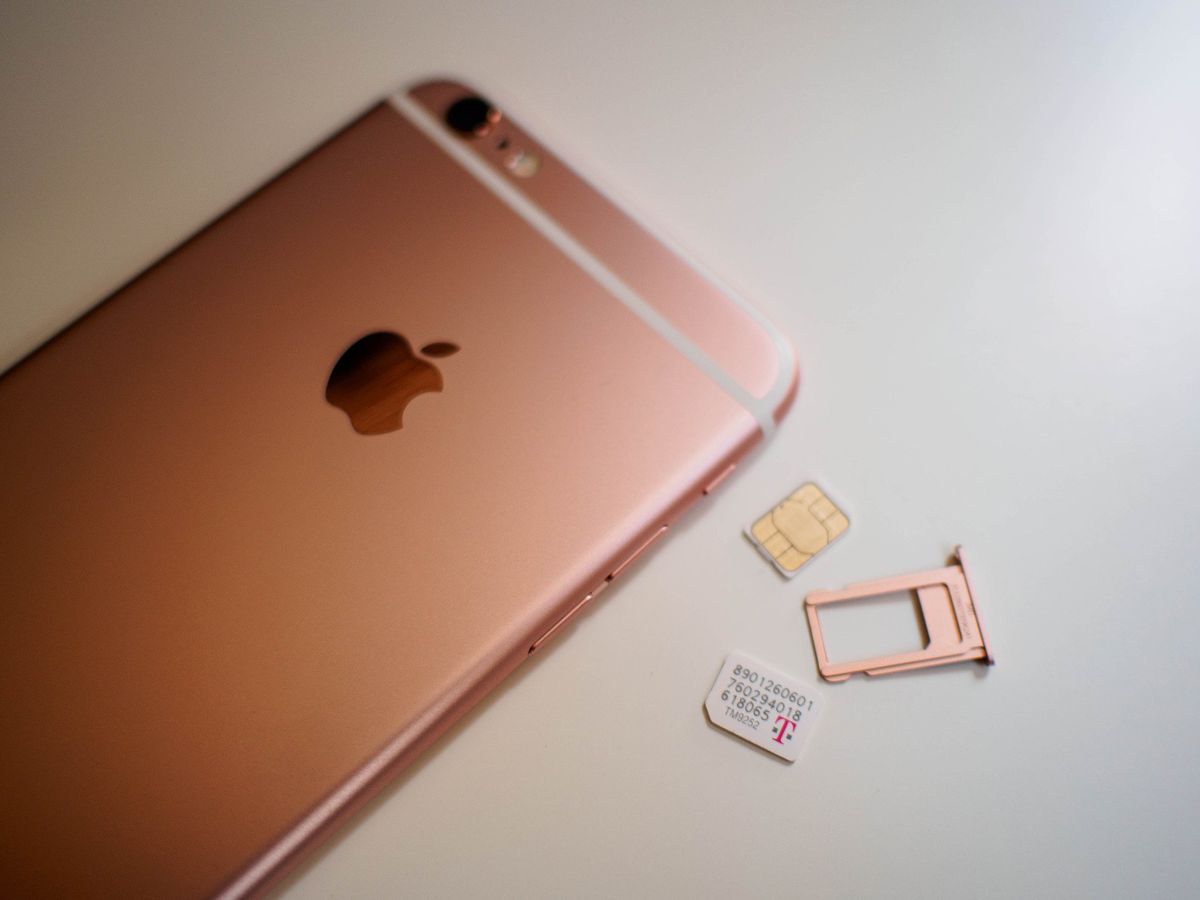Introduction
Have you ever encountered the frustrating "No SIM Card" error message on your mobile device? It's a common issue that can disrupt your communication and connectivity. Understanding the causes of this problem and learning how to troubleshoot it can save you from unnecessary stress and inconvenience.
When your phone displays the "No SIM Card" message, it means that the device is unable to detect a SIM card inserted in the SIM tray or slot. This can occur unexpectedly, leaving you unable to make calls, send texts, or access mobile data. The good news is that in most cases, this issue can be resolved with a few simple steps.
In this article, we'll delve into the world of SIM cards, exploring their significance in mobile communication and the potential reasons behind the "No SIM Card" error. We'll also provide you with practical troubleshooting techniques to help you resolve this issue and regain full functionality of your device.
Understanding the workings of your mobile device, including the role of the SIM card, can empower you to troubleshoot common problems and ensure that your phone operates smoothly. So, let's embark on this journey to uncover the mysteries of the "No SIM Card" error and equip ourselves with the knowledge to tackle it effectively.
What is a SIM card?
A SIM (Subscriber Identity Module) card is a small, removable smart card that is essential for mobile communication. It serves as the unique identifier for your mobile device within a cellular network. The SIM card securely stores the subscriber's identity, such as the International Mobile Subscriber Identity (IMSI), and the authentication key used to verify the user's identity when connecting to the network.
The primary function of a SIM card is to authenticate the user and enable access to the mobile network. When you insert a SIM card into your phone, it establishes a connection with the network operator, allowing you to make calls, send messages, and access mobile data services. The SIM card also stores essential information, including contacts and text messages, providing a convenient way to transfer personal data between devices.
SIM cards come in various sizes, including standard SIM, micro SIM, and nano SIM, to accommodate different types of mobile devices. The evolution of SIM card technology has led to the development of embedded SIMs (eSIMs), which are integrated into the device and can be reprogrammed remotely, eliminating the need for physical swapping of cards.
In addition to facilitating communication, SIM cards play a crucial role in ensuring the security and privacy of mobile users. The authentication and encryption mechanisms embedded in the SIM card help protect sensitive information and prevent unauthorized access to the network.
Furthermore, SIM cards are often associated with specific mobile phone numbers, allowing users to retain their phone numbers even when switching to a new device or network provider. This portability feature enhances the convenience and flexibility of mobile communication, enabling seamless transitions between different devices while maintaining consistent connectivity.
In summary, a SIM card is a fundamental component of mobile devices, serving as the gateway to cellular networks and providing secure authentication and personalized connectivity. Understanding the significance of the SIM card lays the groundwork for troubleshooting common mobile network issues, such as the dreaded "No SIM Card" error.
Common causes of "No SIM Card" error
The "No SIM Card" error can be a perplexing issue that disrupts the seamless functioning of your mobile device. Understanding the common causes behind this error is crucial in effectively addressing the problem. Here are the primary factors that can lead to the "No SIM Card" error:
-
SIM Card Misalignment: A misaligned or improperly inserted SIM card can trigger the "No SIM Card" error. If the SIM card is not seated securely in the SIM tray or slot, the device may fail to recognize it, leading to the error message.
-
Damaged or Worn-out SIM Card: Physical damage or wear and tear to the SIM card can impair its functionality. Scratches, dents, or corrosion on the SIM card contacts can hinder proper communication with the device, resulting in the "No SIM Card" error.
-
Network Connectivity Issues: In some instances, disruptions in the cellular network or poor signal reception can cause the "No SIM Card" error. When the device struggles to establish a stable connection with the network, it may display the error message despite the SIM card being intact.
-
Software Glitches and Updates: Software-related issues, including glitches in the operating system or incomplete software updates, can interfere with the device's ability to recognize the SIM card. Inconsistent system behavior or conflicts within the software can manifest as the "No SIM Card" error.
-
SIM Card Compatibility: Using an incompatible or unsupported SIM card in your device can lead to compatibility issues, triggering the "No SIM Card" error. This can occur when attempting to use a SIM card from a different network or a non-compatible SIM size in the device's SIM tray.
-
SIM Card Tray Damage: Damage to the SIM card tray, such as bent pins or debris obstructing the tray, can hinder the proper insertion and detection of the SIM card. Physical damage to the tray can result in the device displaying the "No SIM Card" error.
Understanding these common causes provides valuable insights into the potential triggers of the "No SIM Card" error. By identifying the underlying issue, you can effectively implement targeted troubleshooting steps to resolve the error and restore seamless connectivity on your mobile device.
Troubleshooting steps
When faced with the frustrating "No SIM Card" error on your mobile device, it's essential to approach the situation methodically and systematically. By following the troubleshooting steps outlined below, you can diagnose the underlying cause of the error and take appropriate measures to resolve it effectively.
-
Check SIM Card and Tray: Begin by ensuring that the SIM card is properly inserted into the SIM tray or slot. Power off the device, carefully remove the SIM card, and inspect it for any signs of damage or wear. Clean the SIM card contacts using a soft, dry cloth to remove any debris or residue that may impede connectivity. Additionally, examine the SIM card tray for any physical damage or obstructions that could hinder proper insertion.
-
Restart the Device: A simple restart can often rectify temporary software glitches or network connectivity issues. Power off your device, remove the SIM card, wait for a few minutes, and then reinsert the SIM card before turning the device back on. This can help refresh the device's connection to the network and reinitialize the SIM card recognition process.
-
Check Network Coverage: Verify that your device is within an area with adequate network coverage. Poor signal reception or network disruptions can trigger the "No SIM Card" error. If possible, test the SIM card in another compatible device to determine if the issue is related to network connectivity.
-
Update Device Software: Ensure that your device's operating system and software are up to date. Check for any pending software updates and install them if available. Software updates often include bug fixes and enhancements that can address compatibility issues and improve the device's ability to recognize the SIM card.
-
Reset Network Settings: Consider resetting the network settings on your device to clear any network-related configurations that may be causing the error. Navigate to the device's settings, locate the network or connectivity options, and select the option to reset network settings. Keep in mind that this action may reset Wi-Fi, Bluetooth, and cellular network settings, so you may need to reconfigure these connections afterward.
-
Contact Network Provider: If the troubleshooting steps above do not resolve the issue, reach out to your network provider for assistance. They can verify the status of your SIM card and account, troubleshoot network-related issues, and provide guidance on potential solutions or replacements if the SIM card is determined to be faulty.
By diligently following these troubleshooting steps, you can systematically address the "No SIM Card" error and increase the likelihood of restoring seamless connectivity on your mobile device. If the issue persists despite your efforts, seeking professional assistance from a certified technician or authorized service center may be necessary to diagnose and resolve more complex underlying issues.
Resolving the issue
Resolving the "No SIM Card" error requires a systematic approach and a keen focus on identifying and addressing the underlying cause. By implementing targeted solutions, you can effectively overcome this frustrating issue and restore the full functionality of your mobile device.
Verify SIM Card Compatibility
Start by confirming that the SIM card you are using is compatible with your device. Ensure that the SIM card size matches the SIM tray or slot in your phone. If you recently switched to a new device, it's essential to check if the SIM card is supported and activated for the new device. In some cases, a simple mismatch in SIM card size or compatibility can trigger the "No SIM Card" error.
Replace or Reinsert the SIM Card
If the SIM card shows signs of physical damage or wear, consider replacing it with a new one provided by your network provider. Alternatively, carefully reinsert the SIM card into the designated slot, ensuring that it is securely positioned and making proper contact with the device's SIM card reader. A firm and correctly aligned insertion can often resolve connectivity issues.
Test the SIM Card in Another Device
To rule out potential device-specific issues, test the SIM card in another compatible device. If the SIM card functions normally in a different device, it indicates that the problem may be related to the original device's hardware or software. On the other hand, if the "No SIM Card" error persists across multiple devices, it suggests that the SIM card itself may be faulty and in need of replacement.
Seek Professional Assistance
If the troubleshooting steps and solutions mentioned earlier do not resolve the "No SIM Card" error, consider seeking professional assistance from a certified technician or an authorized service center. Professional technicians can conduct in-depth diagnostics to identify and address complex hardware or software issues that may be causing the error. They can also provide expert guidance on potential repairs or replacements, ensuring a comprehensive resolution to the issue.
By diligently exploring these resolution strategies, you can navigate the challenges posed by the "No SIM Card" error and take proactive steps to restore seamless connectivity on your mobile device. Remember that patience and persistence are key as you work towards resolving this common mobile device issue.
Conclusion
In conclusion, the "No SIM Card" error can be a perplexing and disruptive issue, impacting the seamless functionality of your mobile device. Throughout this journey of understanding and troubleshooting the "No SIM Card" error, we've gained valuable insights into the significance of SIM cards in mobile communication, the common causes behind the error, and the systematic troubleshooting steps to address it effectively.
By delving into the world of SIM cards, we've uncovered their pivotal role as unique identifiers within cellular networks, facilitating secure authentication and personalized connectivity. Understanding the workings of SIM cards empowers users to navigate common mobile network issues with confidence, ensuring that their devices operate smoothly and reliably.
The exploration of the common causes of the "No SIM Card" error has shed light on the various factors that can trigger this frustrating message. From SIM card misalignment and physical damage to software glitches and network connectivity issues, each potential cause has been meticulously examined, providing a comprehensive understanding of the underlying triggers.
The systematic troubleshooting steps outlined in this article serve as a practical guide for users facing the "No SIM Card" error. By following these steps, individuals can methodically diagnose and address the issue, increasing the likelihood of restoring seamless connectivity and communication on their devices. From inspecting the SIM card and tray to verifying network coverage and updating device software, each step is designed to systematically address potential causes of the error.
Moreover, the strategies for resolving the issue have equipped users with targeted solutions to overcome the "No SIM Card" error. From verifying SIM card compatibility and reinserting or replacing the SIM card to testing it in another device, these resolution strategies empower individuals to take proactive measures in resolving the error. Seeking professional assistance from certified technicians or authorized service centers has also been highlighted as a viable option for addressing more complex underlying issues.
In essence, the journey to understanding and resolving the "No SIM Card" error has provided users with the knowledge and tools to navigate this common mobile device issue effectively. By leveraging this understanding and implementing the recommended troubleshooting and resolution strategies, individuals can overcome the challenges posed by the "No SIM Card" error, ensuring uninterrupted connectivity and communication on their mobile devices.







